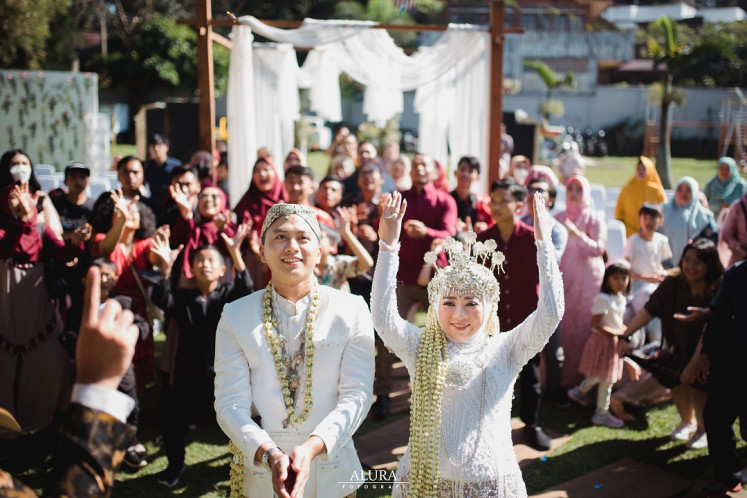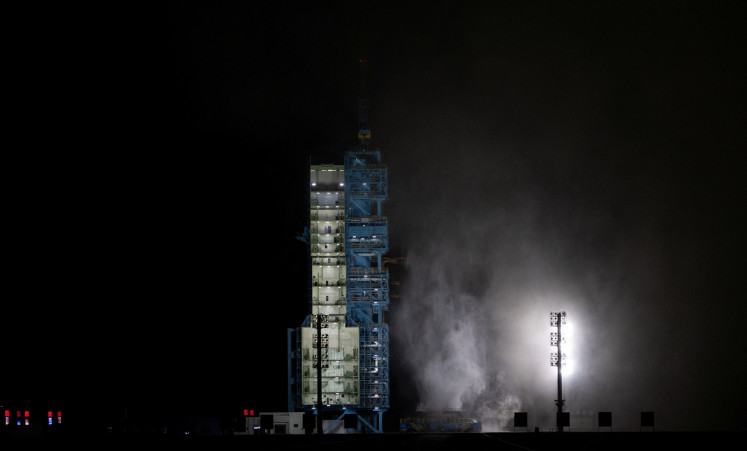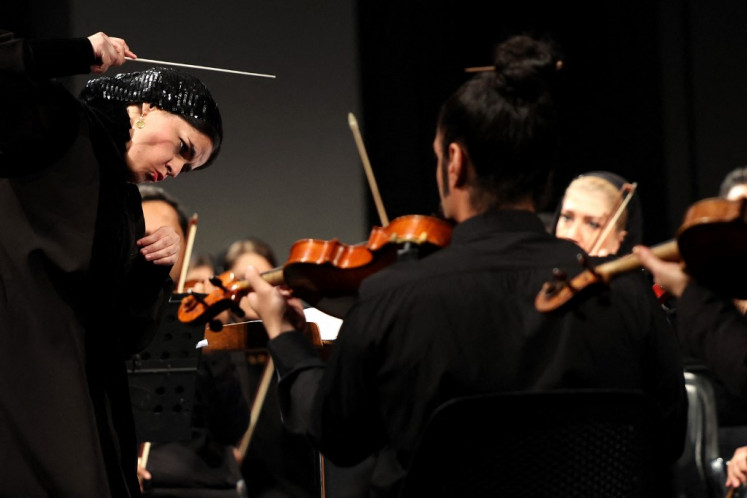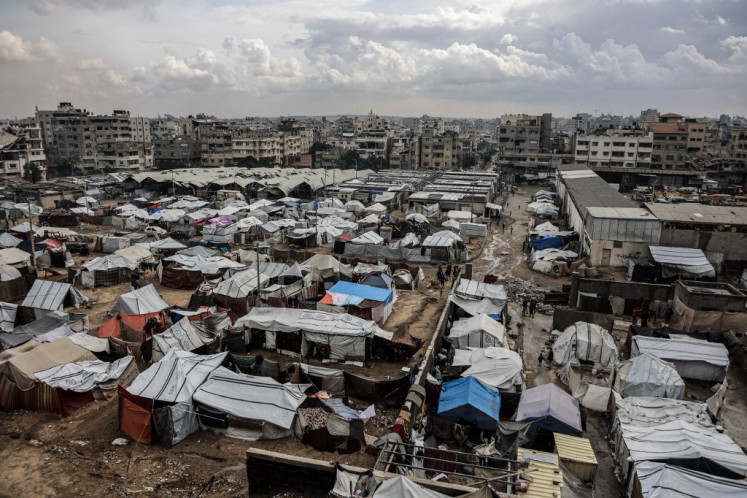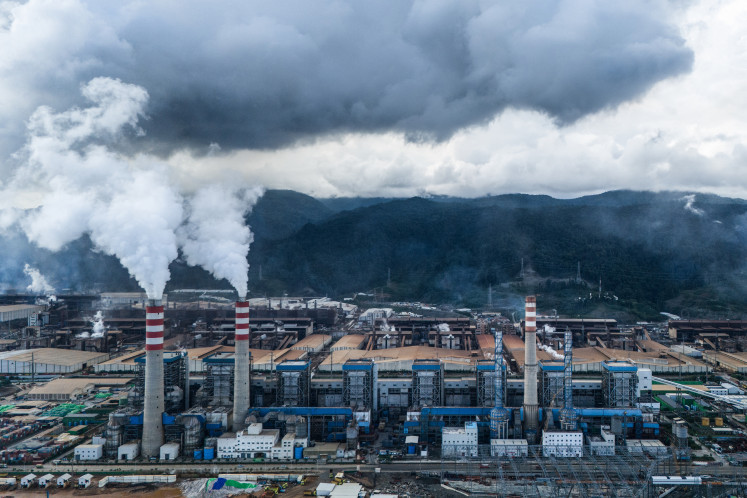Popular Reads
Top Results
Can't find what you're looking for?
View all search resultsPopular Reads
Top Results
Can't find what you're looking for?
View all search resultsUnpublished: A space for the rejects
A photography exhibition provides a space for hitherto unpublished works
Change text size
Gift Premium Articles
to Anyone
N
ewsroom editorial meetings often reject photographs for publication due to their lack of quality. However, there are rare moments when photographs are rejected not because of their quality, but because they violate existing ethical values. These photographs often depict images of events that speak so loud that the newsroom team considers them too strong for the public to handle at a certain time.
These unpublished photographs record important historical events but, unfortunately, they remain hidden inside the photographers’ drawers and hard disks for years or even decades.
The editorial meeting of Kompas, the largest daily newspaper in Indonesia, has rejected millions of photographs during its 52 years of existence. To celebrate Kompas’ anniversary this year, the newspaper has decided to select the best 100 rejected photographs for an exhibition called Unpublished at the Bentara Budaya Jakarta cultural institution in Jakarta from Feb. 6 to Feb. 12.
This is not the first such move for Kompas. In 2014, the newspaper launched a book called Unpublished, which featured 560 hitherto unpublished photographs. The photographs at the exhibition are a selection from that book, involving big names like director Jay Subiakto and senior photographer John Suryaatmadja as its curators for this project.
Read also: Appreciation of restricted images: 'Unpublished' photo exhibition
One of the most striking photographs in the exhibition is Eddy Hasby’s work showing the bloodied corpse of university student Bernadito Gutteres, who was shot dead in front of the Santo Paulus monastery in Dili due to his support for the independence of East Timor (now Timor-Leste).
In the photo, presented in black and white, Eddy shows Bernaditos’ blood flowing in a stream on a quiet road in front of the monastery.
Eddy’s photograph was probably rejected because of its graphic content. Nevertheless, the sharp image quality and his choice of using a tilted angle on the photo’s main object produce a slightly melodramatic feel despite the brutal situation it depicts.
“Because regulations didn’t allow newspaper publications to publish pictures with blood, a foreign photographer became famous for a similar image, instead of Eddy,” Jay said, commenting on Eddy’s photo.
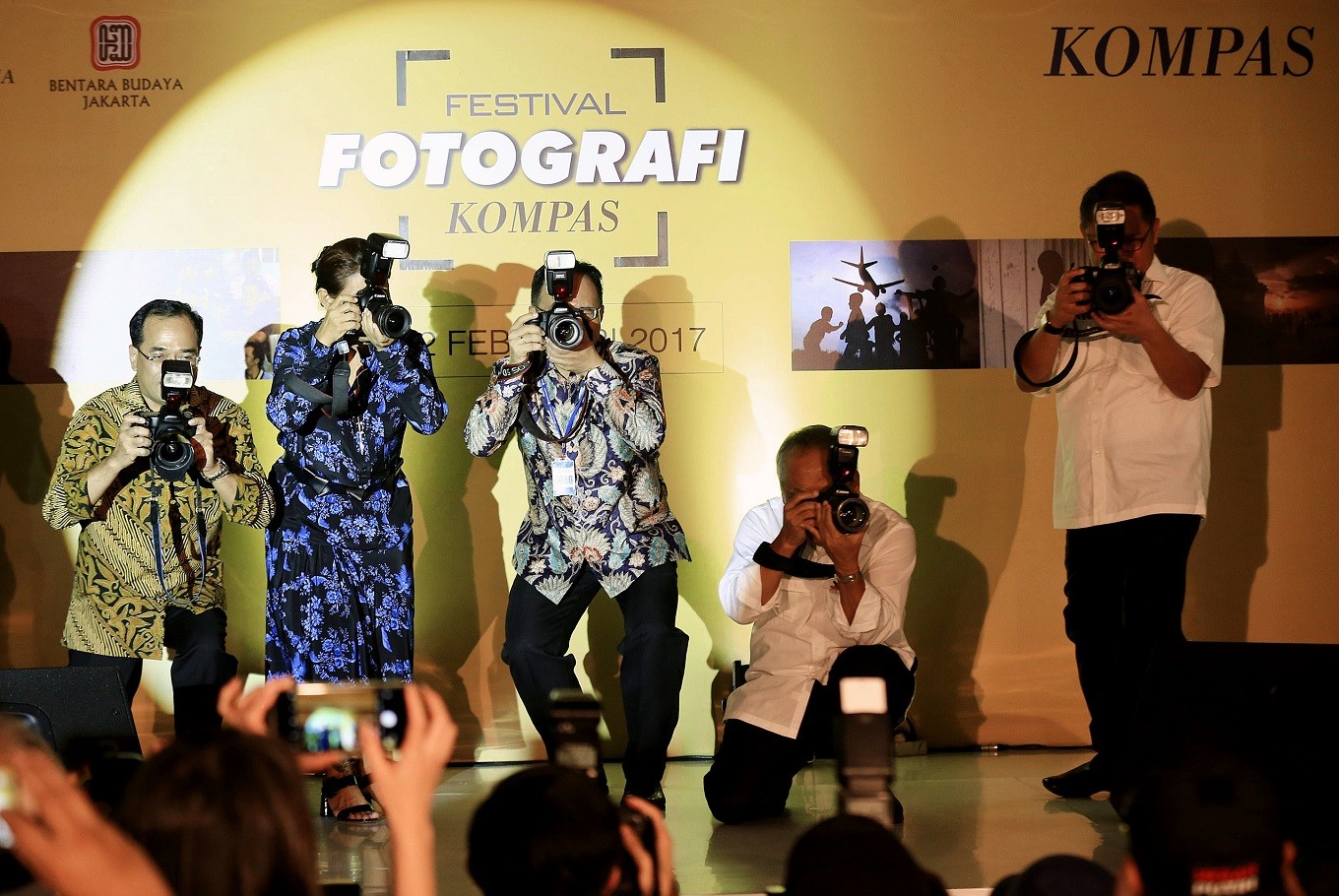 When subjects become objects: Kompas editor-in-chief Budiman Tanuredjo with (left to right) Maritime Affairs and Fisheries Minister Susi Pudjiastuti, Public Works and Public Housing Minister Basuki Hadimuljono and Communication and Information Minister Rudiantara aim cameras in front of the audience during the opening of the exhibition.(JP/Dhoni Setiawan)
When subjects become objects: Kompas editor-in-chief Budiman Tanuredjo with (left to right) Maritime Affairs and Fisheries Minister Susi Pudjiastuti, Public Works and Public Housing Minister Basuki Hadimuljono and Communication and Information Minister Rudiantara aim cameras in front of the audience during the opening of the exhibition.(JP/Dhoni Setiawan)
Not all the rejected photographs are about corpses, blood and brutality. Many photographs at the exhibition also display high quality work but they unfortunately ended up on the chopping block of the newsroom editorial meeting.
Read also: Artwork on 1965 wins journalistic award
One attention-grabbing photograph is from Arbain Rambey.
The photo takes a bird-eye view angle of a sky diver from thousands of feet above the Semanggi intersection in South Jakarta.
The fact that this photograph was taken in 1991 makes it even more amazing, considering the fact that cameras back then were heavy. Thus, it is mind-blowing how Arbain could take such a photo from a very high altitude.
What makes Arbain’s photo even more special is the way the skydiver tilted her body to look at the camera while smiling and clamping her left fist. It is a superbly dramatic photograph, basically, with a very dynamic composition that contrasts two main objects — the skydiver and the Semanggi intersection — as the focal point.
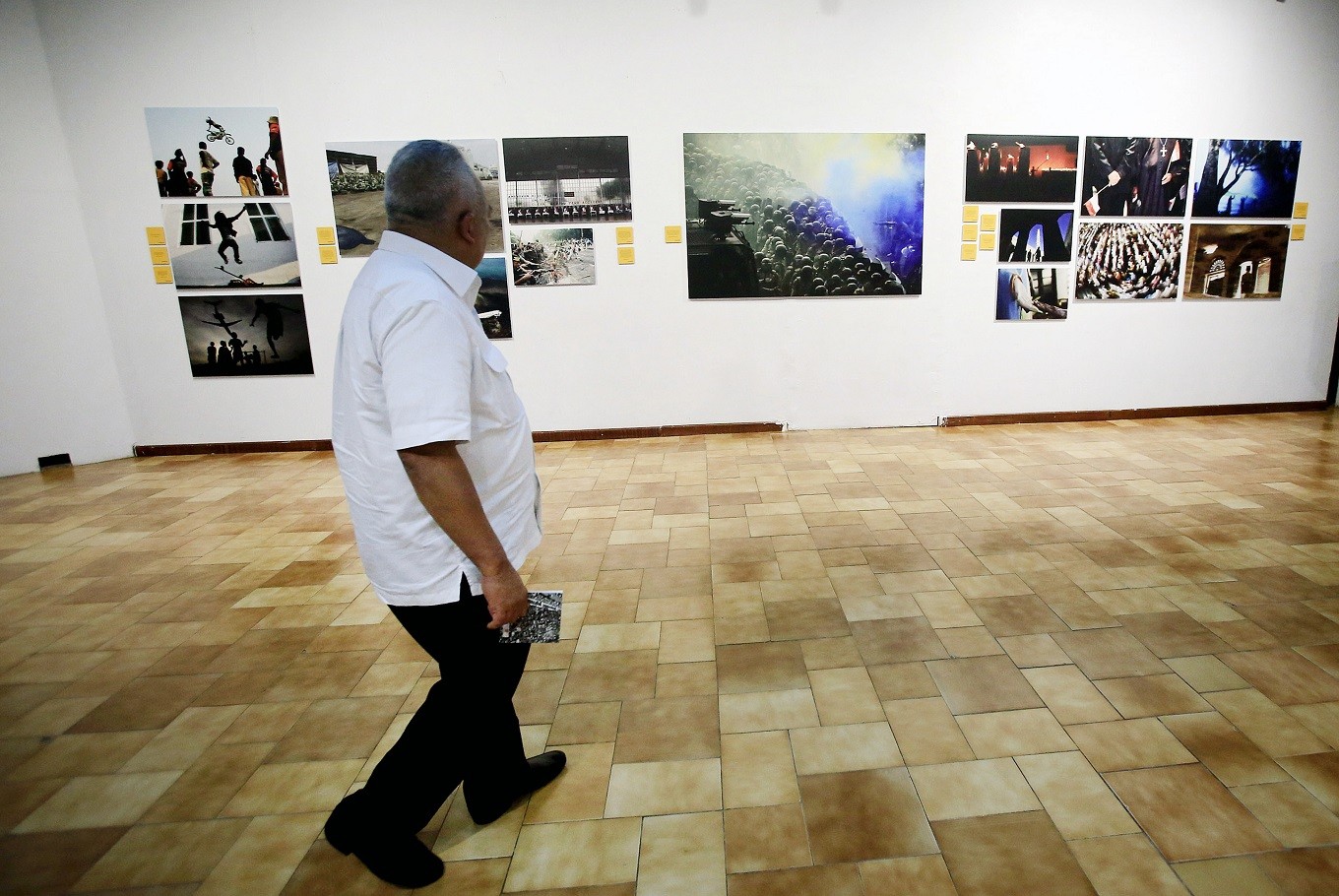 Walk to the past: A man looks at the photo at the Unpublished exhibition at the Bentara Budaya Jakarta cultural institution in Palmerah, South Jakarta. The exhibition features 100 previously unpublished photos.(JP/Dhoni Setiawan)
Walk to the past: A man looks at the photo at the Unpublished exhibition at the Bentara Budaya Jakarta cultural institution in Palmerah, South Jakarta. The exhibition features 100 previously unpublished photos.(JP/Dhoni Setiawan)
In addition to the 100 selected photos, the exhibition also exhibits 40 unpublished photos taken by Kompas photographers in 1965, considered one of the darkest moments in Indonesia’s history, when millions of people were killed due to their connection with the Indonesian Communist Party (PKI). The government under late president Soeharto banned any publication or discussions related to the era.
Apart from the photo exhibition, the organizer also hosts numerous events for photography communities.
At least 10 photography communities, such as Jakarta Photo Club, Kumpul Buku Foto Indonesia, Panorama Jakarta, Photographer and Model Community, Candra Naya, FotoKita-National Geographic Indonesia and Komunitas Lubang Jarum Indonesia, have decided to participate in the Unpublished event to conduct discussions and photography workshops covering various aspects and themes.
On Saturday, the organizer will host an open discussion about how the Kompas photo desk works. This discussion will feature Jay, John and Kompas’ photography desk chief editor Danu Kusworo as speakers.
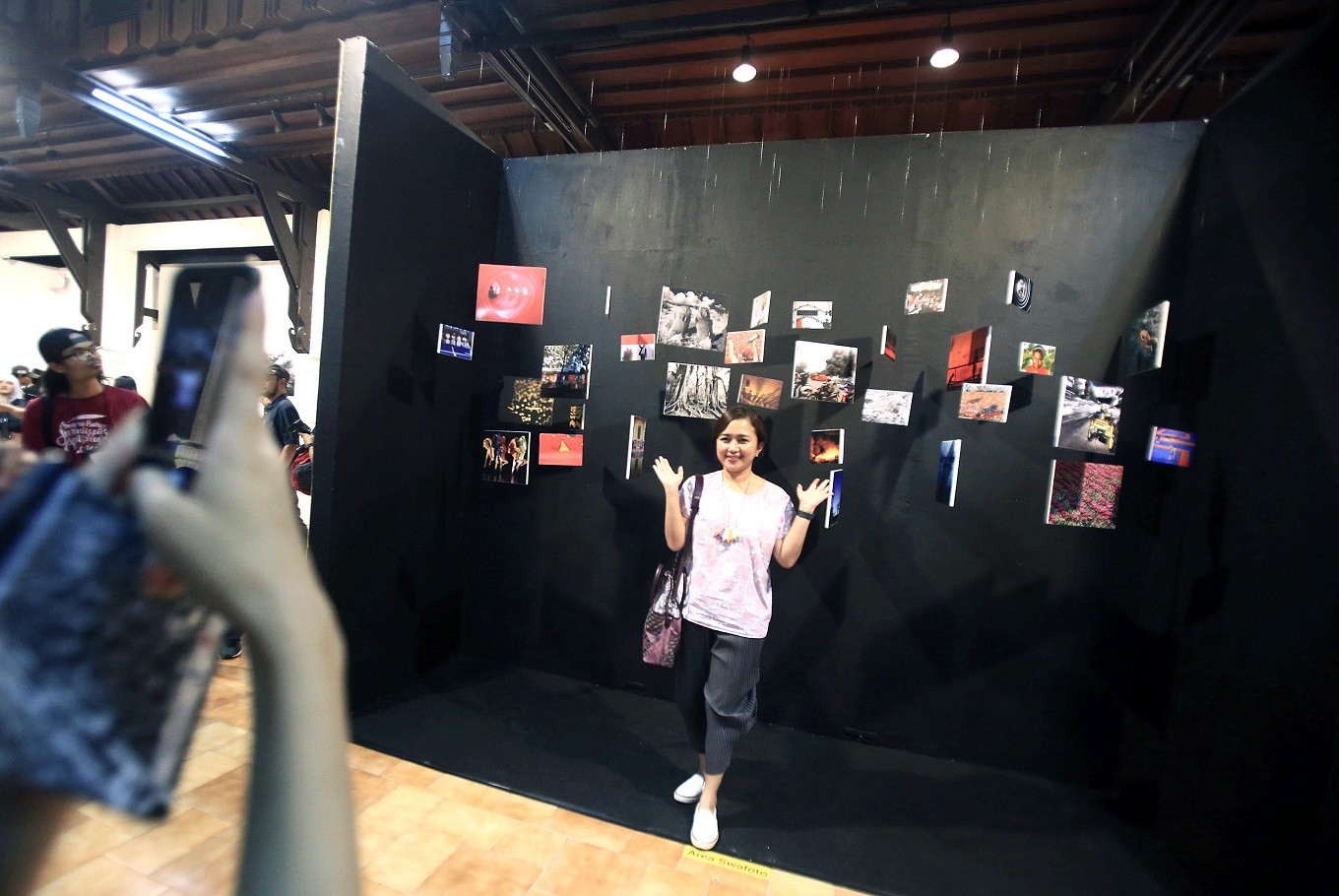 Between images: A visitor takes a photo with a background of hanging photos at the exhibition.(JP/Dhoni Setiawan)
Between images: A visitor takes a photo with a background of hanging photos at the exhibition.(JP/Dhoni Setiawan)
As part of the event, the organizer dedicates two special corners in Bentara Budaya to exhibit the works of legendary Kompas photographers Kartono Ryadi and Julian Sihombing.
Kartono and Julian are not just important figures in Kompas and the Indonesian photography scene but also in the world. Kartono won World Press Photo awards in 1974 and 1980 for his works, while Julian’s photos of the student movement during the 1998 reformation period have become iconic images.
There is also a photography competition during the exhibition. This competition will commence on Sunday and is limited to 50 participants. The total prize money for this competition is Rp 15 million (US$1124.7).
Unpublished exhibition and festival organizing committee head Wisnu Widiantoro said he hoped the event would satisfy the hunger of Indonesian photographers everywhere for a great chance to mingle, network and talk about everything related to their line of work.
“Kompas sees that as of now, there has never been a comprehensive event that gathers all photography stakeholders and practitioners,” Wisnu said.


